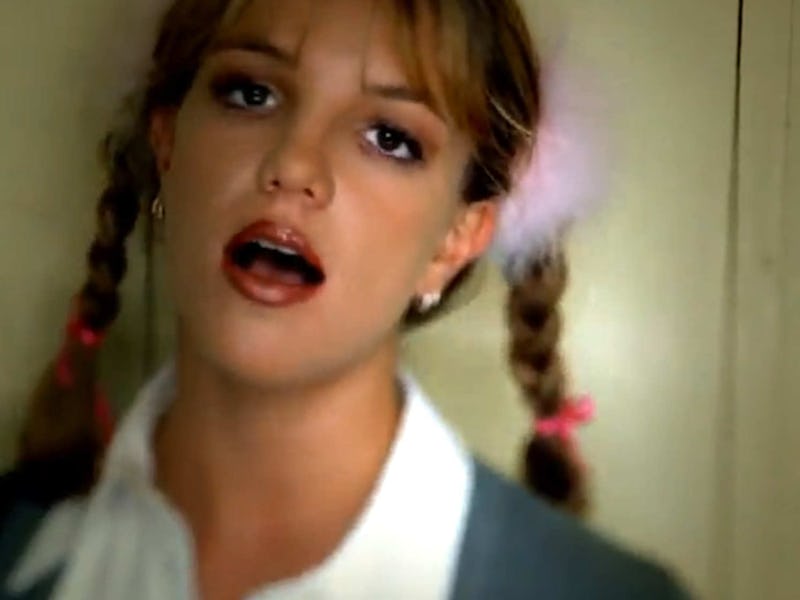Why Croaky "Vocal Fry" Seems Expressive in Women but Not So Much in Men
The often-maligned Kardashian-speak plays an important — and gendered — role in pop music.

Pop music enthusiasts are no strangers to vocal fry, the raspy, croaky tone iconically deployed by Britney Spears in “Baby One More Time” and copied over the ensuing years. The technique, so often criticized as sounding Kardashian-esque in normal speech, has enjoyed longevity in the music world, and vocal researchers at the University of Texas at San Antonio think they’ve figured out why.
Presenting the findings of a small study today at the 171st Meeting of the Acoustical Society of America, the scientists, who were aiming to investigate the emotional properties of music, report that female singers that use vocal fry are rated as more expressive, but the opposite is true for men.
“If you put on any recording of Britney Spears ‘oh baby baby’ — that is fry,” says John Nix, an associate professor of voice and vocal pedagogy at the university. “It’s a habit that we’re hearing more and more in popular styles.”
The vocal fry double standard is nothing new: Women who use it in their normal speaking voices have been criticized for sounding incompetent and untrustworthy, while male voices have largely been spared, even though it’s been documented in men as well (even Ira Glass has admitted to it). What’s interesting is that vocal fry’s seemingly gendered effect in music — that it’s considered more expressive in women — seems to finally make a positive case for its use.
It makes sense, then, that Ariana Grande would use the technique to crackle sensually at the beginning of every verse on “Let Me Love You,” in the same way Rihanna does in “This Is What You Came For,” Alessia Cara does on “Here,” and Kesha does in every Kesha song ever.
“You don’t hear a classical opera singer who has to sing [without a] microphone to a 4,000-person audience using vocal fry,” Nix says, “but someone who has a microphone next to their mouth does use it.”
The physiology of vocal fry sheds some light on why it might be considered especially expressive. If you slow it down, vocal fry is a burst of sound punctuated by moments of silence, shorter than the time it takes to blink an eye. To achieve this tone, singers need to make their vocal cords slack and compact; air that’s pushed through moves more slowly, bubbling out and forming the characteristic low popping sound. The tone is by no means a natural one — although many people use it so often that it seems that way — so using it requires some intentionality on the singer’s part.
The researchers also provided an explanation for why vocal fry is such a prominent phenomenon in pop: It produces such a low sound that it has to be consistently amplified. We measure our ability to hear music in terms of pitch, which is measured in hertz; our normal listening range extends from 20 Hz to 20,000 Hz. Vocal fry comes into our ears at the low end of the acoustic spectrum at 70 Hz, which is practically impossible to hear without a microphone. (Mariah Carey, the researchers point out, registers at 3,135.96 Hz.)
Ultimately, the reasons we perceive vocal fry as expressive in women and not in men won’t be explained by physiology or in hertz; the way we respond to our favorite pop singers’ voices will always come down to what we expect from them.